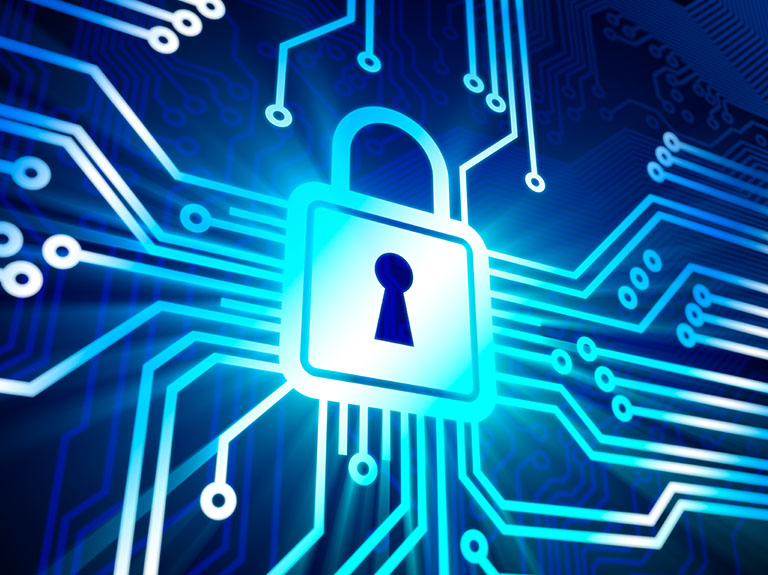Celebrate National Data Privacy Day with These Tips

1. Set up barriers. At home, use the privacy settings on your computer. Set a username and password needed to unlock your computer, check your firewall status, and other filters that may be available to block pop-ups or other content that could harm your computer. Explain their use to anyone who you give permission to use your home computer.
2. Change your tactics. Use strong, unique passwords, and change them regularly. Your accounts are safer with strong passwords and passphrases guarding the door. Use long passwords that you can remember. When possible, passwords should include numbers, symbols, and a variety of upper and lower case characters.
3. Be careful what you share. Bad guys can use your social media posts to get clues that can help them guess your passwords or answers to security questions. Think before you post information about where you live, family or pet names, or other identifying information on social media.
4. Careful what you click. Most bugs come from people clicking on a dangerous link or infected email attachment. If you’re suspicious about an email or a link on the web, don’t click.
5. Don’t compromise security. Protect yourself in the cloud. It’s rare, but outsiders can compromise digital file stores. If you’re uploading important personal information to cloud file servers, encrypt it before you upload. Many applications offer encryption features to help keep your information protected. Check out the tools and settings of the application you are using to see if this is an option. There are also a number of easy-to-use encryption software services for download that can help you encrypt information before uploading it.


